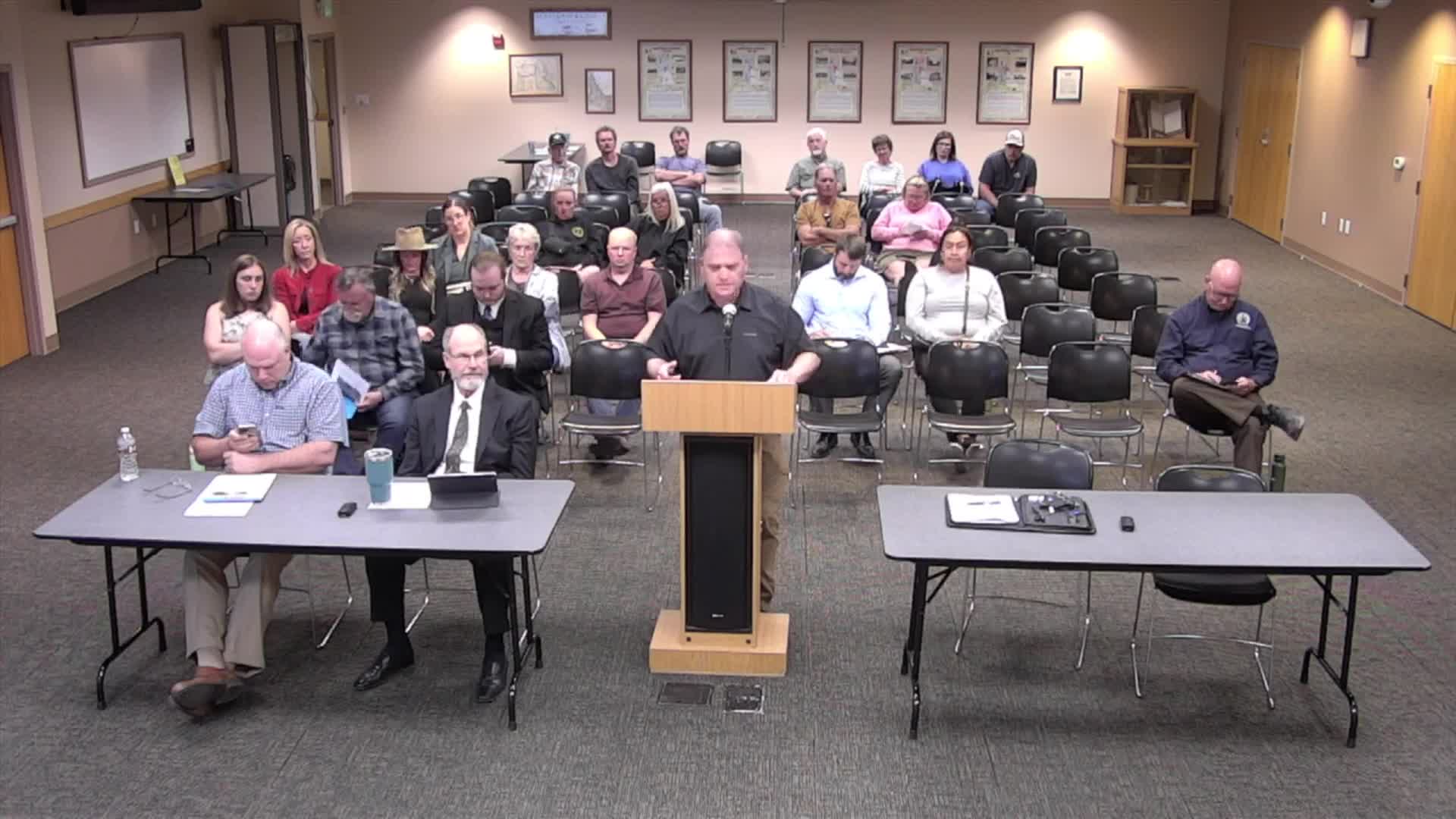Tribal Consultant Defends Commercial Expansion Near Blackwell Island at County Meeting
May 09, 2025 | Kootenai County, Idaho
This article was created by AI summarizing key points discussed. AI makes mistakes, so for full details and context, please refer to the video of the full meeting. Please report any errors so we can fix them. Report an error »

In a recent meeting of the Kootenai County Board of County Commissioners, significant discussions centered around zoning and development agreements, particularly concerning a proposed commercial project near tribal land. The meeting, held on May 8, 2025, highlighted the complexities of land use regulations and the interplay between county and tribal jurisdictions.
One of the primary topics was the potential for a residential subdivision and the associated minimum lot sizes. The applicant expressed willingness to enter a zoning development agreement to restrict residential lot sizes, indicating a cooperative approach to meet county requirements. This flexibility could pave the way for future developments that align with community needs.
Water availability emerged as a critical concern during the discussions. While some attendees raised questions about the adequacy of water resources for the proposed development, the applicant presented well logs as evidence of sufficient water supply in the area. The absence of expert testimony on water interconnectivity was noted, suggesting that concerns may be based more on speculation than on concrete evidence.
Traffic implications were also addressed, with the applicant arguing that changes in zoning color on maps do not inherently affect traffic patterns. Instead, they emphasized that traffic impacts are evaluated during the building permit process, where specific use cases are assessed. This point underscores the importance of understanding how zoning changes translate into real-world implications for traffic and infrastructure.
The conversation also touched on the relationship between county regulations and tribal sovereignty. The applicant clarified that developments on tribal land, such as a smoke shop, are not subject to county zoning rules, likening the situation to jurisdictions across state lines. This comparison highlights the unique challenges faced by local governments when navigating land use adjacent to tribal territories.
Public comments were invited towards the end of the meeting, indicating a community interest in the proposed developments. The discussions reflect ongoing tensions and negotiations between development interests, regulatory frameworks, and community concerns in Kootenai County.
As the county moves forward, the implications of these discussions will likely shape future land use policies and development strategies, particularly in areas bordering tribal lands. The outcome of this meeting may set a precedent for how similar cases are handled in the future, balancing economic development with community and environmental considerations.
One of the primary topics was the potential for a residential subdivision and the associated minimum lot sizes. The applicant expressed willingness to enter a zoning development agreement to restrict residential lot sizes, indicating a cooperative approach to meet county requirements. This flexibility could pave the way for future developments that align with community needs.
Water availability emerged as a critical concern during the discussions. While some attendees raised questions about the adequacy of water resources for the proposed development, the applicant presented well logs as evidence of sufficient water supply in the area. The absence of expert testimony on water interconnectivity was noted, suggesting that concerns may be based more on speculation than on concrete evidence.
Traffic implications were also addressed, with the applicant arguing that changes in zoning color on maps do not inherently affect traffic patterns. Instead, they emphasized that traffic impacts are evaluated during the building permit process, where specific use cases are assessed. This point underscores the importance of understanding how zoning changes translate into real-world implications for traffic and infrastructure.
The conversation also touched on the relationship between county regulations and tribal sovereignty. The applicant clarified that developments on tribal land, such as a smoke shop, are not subject to county zoning rules, likening the situation to jurisdictions across state lines. This comparison highlights the unique challenges faced by local governments when navigating land use adjacent to tribal territories.
Public comments were invited towards the end of the meeting, indicating a community interest in the proposed developments. The discussions reflect ongoing tensions and negotiations between development interests, regulatory frameworks, and community concerns in Kootenai County.
As the county moves forward, the implications of these discussions will likely shape future land use policies and development strategies, particularly in areas bordering tribal lands. The outcome of this meeting may set a precedent for how similar cases are handled in the future, balancing economic development with community and environmental considerations.
View full meeting
This article is based on a recent meeting—watch the full video and explore the complete transcript for deeper insights into the discussion.
View full meeting